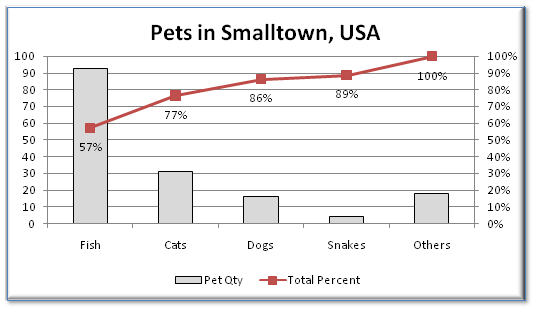Administrative Processes
Administrative processes substantially contribute to a company’s costs. Obviously, it depends on the company, but estimates commonly attribute 60-80% of expenses to administrative processes. Administrative processes are the office tasks that are required to keep a company humming along. Administrative processes include human resources, marketing, and accounting. Basically, anything that Read more…


